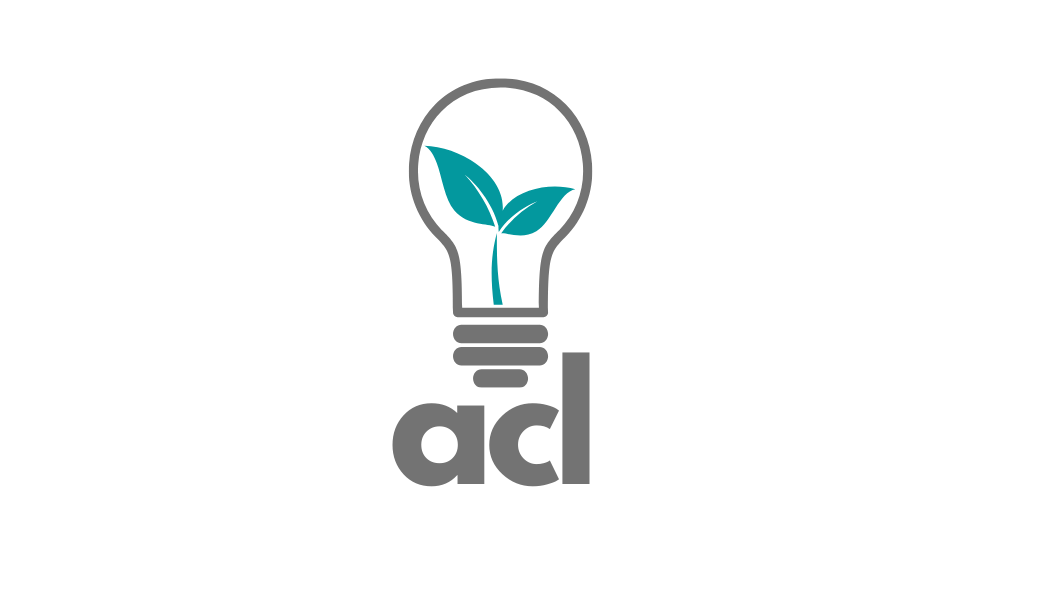Corporate Authenticity. What is it and why is it important?
A couple of weeks ago I recorded a little rant for LinkedIn about my frustrations seeing organisations blatantly contradicting their commitments to DEI, by either mandating a return to work in the office or worse yet, opening brand new offices in locations that actively seek to discriminate against people from marginalised backgrounds.
I was pretty miffed. When organisations contradict themselves on such a grand scale it's clearly Corporate Hypocrisy. I think large organisations behaving in this way, understand the damage it does to their employer brand, but don’t care. They’re often big enough and ugly enough to ride it out. For those smaller companies engaging in this kind of behaviour, you might want to watch out: Employees expect a level of Corporate Authenticity and will leave if you don’t display it.
I bang on about Corporate Authenticity all the time, but what do I actually mean?
Corporate Authenticity is the idea that organisations set and agree goals and targets in a way that is realistic according to their values and behaviours. When it comes to diversity equity and inclusion, this means being conscious not only of what you can actually achieve, but also what you're genuinely prepared to do to achieve and maintain said goals.
Lemme give you an example: I met with an organisation that wanted to increase the numbers of women in management roles across their business. They recognised that with their current employee population at 70% men and 30% women, it made no sense to set a five year target of a 50/50 gender split in management. They would have had to fire a large proportion of their male managers and replace them with female hires to achieve it, something they were obviously and quite rightly, neither able, nor prepared to do.
Instead they set themselves realistic targets of a 50/50 gender split across their business and 30% female management population within five years. Perfect? No. Realistic? And something they could genuinely commit to? Yes. They were aware of the work needed to achieve these goals, including changing hiring processes, training managers, looking at people policies and processes, etc, all to retain the women they did have and attract the women they didn’t. And they made sure that said efforts didn’t compete with other goals and targets relevant to the commercial success of their business. Corporately Authentic.
And now for an example that's not so great: This organisation talked a great game. Visible commitments to DEI both on their website and everywhere you'd expect internally, in their people policies and processes. They had a diverse workforce with some of the best representation both at junior management levels and generally across the organisation, and were working proactively for greater representation at senior levels. Their values and policies made it clear that they had a zero tolerance policy for discrimination of any kind.
And yet when a senior member of management consistently bullied and discriminated against female and Asian team members, nothing was done. It was common knowledge that it was happening and openly talked about as an issue in the DEI committee. The CEO had been made aware of the issues, and had witnessed them himself. And nothing was done.
Ultimately, members of the DEI committee stepped down in protest and several leavers cited this issue as a major contributor to them leaving. And nothing was done. Only when another senior, white, male colleague reported a similar issue with the perpetrator was action taken. Corporate Inauthenticity.
The problem with this second example is not that they necessarily retained a senior manager displaying inappropriate behaviours, which was a commercial necessity. They failed to balanced out the commercial need to retain him, with putting him on a behavioural PIP, sending him on anger management courses, giving him a coach, making him do the work on his own biases and having him communicate his efforts to the team: Actions that would have showed an equal commitment to the zero tolerance for discrimination they said they believed in.
No, the problem with this example is not that they chose to retain the senior manager, it’s that by doing nothing (until someone of the majority identity came forward), the organisation’s leaders made a mockery of their espoused values, their policies and processes, and the work done by their DEI committee.
Organisations setting a high benchmark for their values and principles, and their DEI commitments, need to be prepared to take difficult decisions to uphold them. All the research shows that team members expect you to be making these commitments. You soon won’t be able to hire without them. But in making them you also need to consider what you’re prepared to hold your self accountable for and the danger to your organisation if you fail.




